NINTENDO PREVIEW – The Nintendo Switch 2 is no longer a mystery. The Big N has revealed its price, release date, and hardware specs. At theGeek, we’ve gathered every detail from the announcement of Nintendo’s next-gen hybrid console.
We can now say it loud and clear: the Nintendo Switch 2 is real — complete with its price, release date, and key specs. As the successor to the 2017 hybrid console, it’s dominated headlines for years. Today, during the April 2 Nintendo Direct, the company finally pulled back the curtain in full. Since a new Nintendo console is always a major event — and one we’ll likely remember for years — we’ve compiled everything you need to know about the Nintendo Switch 2: from pricing and specs to its official launch date.
Release Date for Nintendo Switch 2
In classic Nintendo fashion, the company continues to defy industry norms. Just as the original Switch launched in March 2017 — rather than during the holiday rush — the new Switch 2 will arrive on June 5. No surprises there for seasoned Nintendo fans.
Then there’s the issue of pricing — arguably more important than raw specs. With ninth-generation console prices skyrocketing globally, Nintendo needs to make a strong case for its new hardware. Here’s the pricing breakdown:
- Nintendo Switch 2 – €469.99
- Nintendo Switch 2 + Mario Kart World bundle – €509.99
As Business Wire confirms, the bundle includes a digital download code for Mario Kart World rather than a physical copy. The bundle will be available starting on launch day: June 5.
Switch 2 Specs: The Leap Forward You’ve Been Waiting For?
The Nintendo Switch 2 arrives at a curious moment — well into the lifecycle of the PS5 and Xbox Series X|S. But unlike its competitors, Nintendo rejects the traditional generational model. The debut of a new Nintendo console is more than a product launch — it’s a cultural event. Naturally, the most talked-about topic is its hardware. And while Nintendo doesn’t chase hyperrealism like others, what’s under the hood defines how far its games can go.
Here’s how the Nintendo Switch 2 compares to its predecessor:
| Nintendo Switch | Nintendo Switch 2 | |
|---|---|---|
| Display | 7.0″ OLED, 1280×720 | 7.9″ LCD, 1080p, HDR |
| Processor | 4 ARM Cortex A57 cores | — |
| GPU | NVIDIA Maxwell APU, 307.2 MHz | — |
| RAM | 4 GB LPDDR4 @ 1600 MHz | — |
| Storage | 64 GB, expandable via microSDXC (up to 2 TB) | 256 GB base storage, expandable via microSD (up to 2 TB) |
| Storage Type | microSDXC | — |
| Video Output | 1080p via HDMI in docked mode | 4K at 60 FPS (docked only, requires compatible display) |
| Audio Output | 5.1ch PCM | 3D Audio options in supported games via headphones |
Nintendo has upgraded the magnetic Joy-Con controllers, improved overall audio quality, and added a built-in microphone directly into the console body — rather than the controllers. While the LCD screen might feel like a step back from the OLED panels of the original model, it compensates with support for 4K output when docked and up to 1080p at 120 FPS in handheld mode.
First Wave of Confirmed Nintendo Switch 2 Titles
A console is only as strong as its launch lineup, and Nintendo isn’t pulling any punches. These are the titles confirmed during the announcement:
- Mario Kart World
- Super Mario Party Jamboree + Jamboree TV
- The Legend of Zelda: Tears of the Kingdom + Breath of the Wild – Nintendo Switch 2 Edition
- Metroid Prime 4: Beyond
- Pokémon Legends Z/A
The Switch 2 will also support backward compatibility with select previous-gen titles, which will receive performance and visual upgrades. Super Mario Party Jamboree will be one of the first new games — launching on June 24, 2025. However, Nintendo has confirmed that upgrading previously owned games to the new hardware will come with an additional fee.
Switch vs. Switch 2: Is the Upgrade Worth It?
The original 2017 Nintendo Switch featured a 6.2″ LCD display with a 1280×720 resolution. It was powered by a custom NVIDIA Tegra X1 chip with a 1.02 GHz quad-core ARM Cortex-A57 CPU and a Maxwell 2.0-based GPU with 256 CUDA cores — operating between 307 and 768 MHz. The system included 4 GB of LPDDR4 RAM and 32 GB of eMMC internal storage, expandable via microSD. It supported 720p resolution in handheld mode and up to 1080p when docked.
The Nintendo Switch 2 marks a notable step forward. In addition to better audio and magnetic Joy-Cons, Nintendo has introduced a built-in microphone. While it switches back to LCD from OLED, it delivers 4K video output in docked mode and supports up to 1080p at 120 FPS in portable mode — promising a smoother, more robust experience for future games.
-Gergely Herpai “BadSector”-

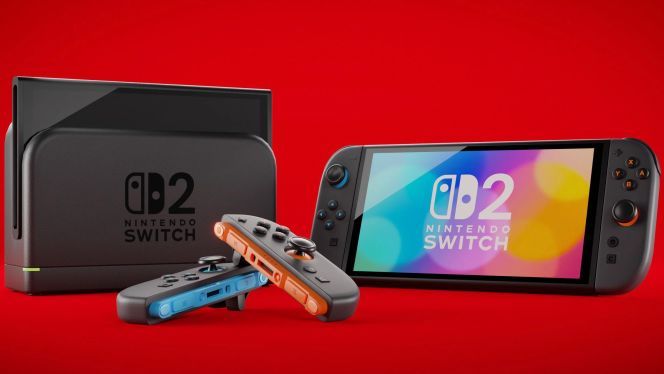
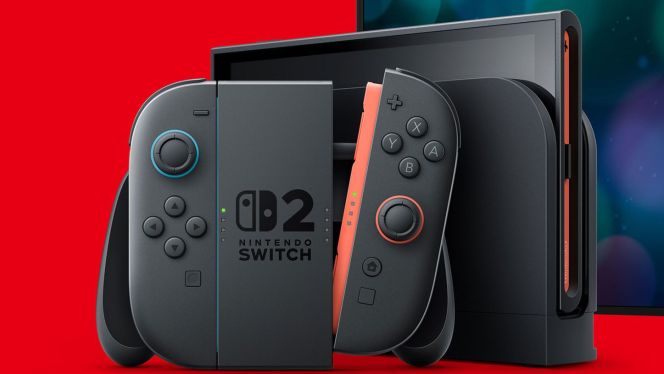
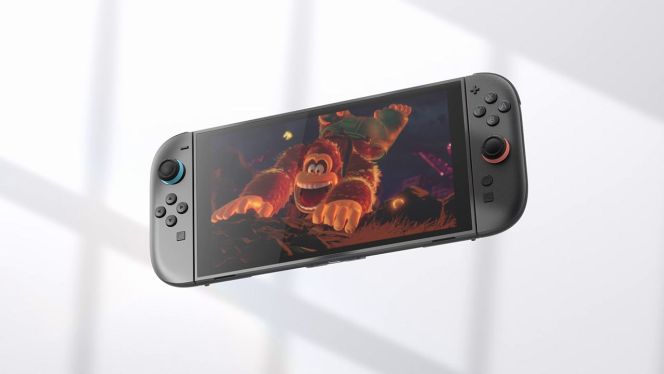
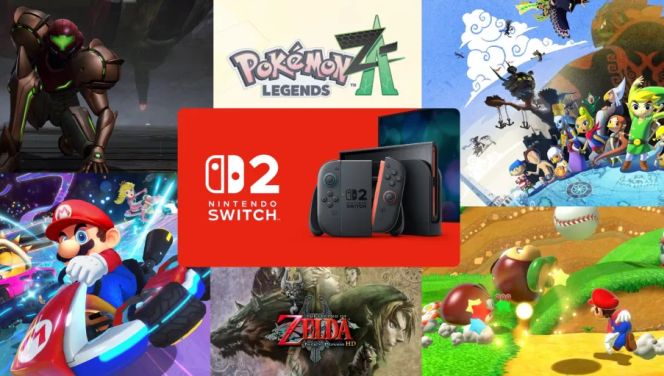


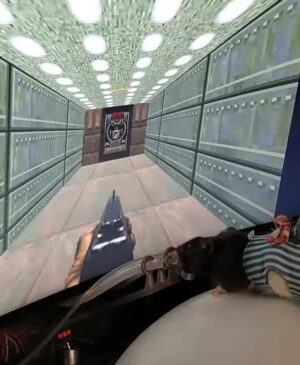

Leave a Reply